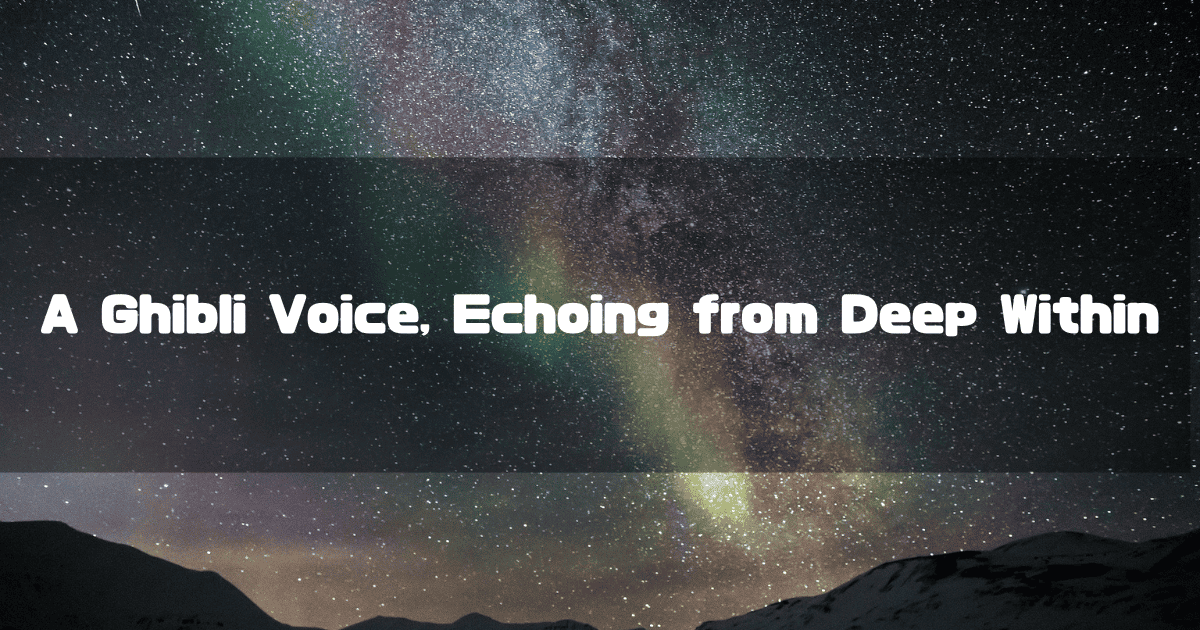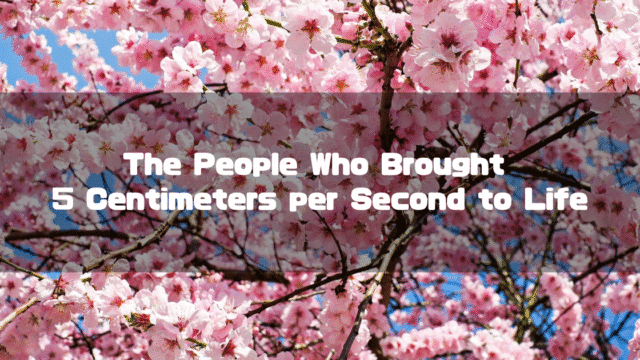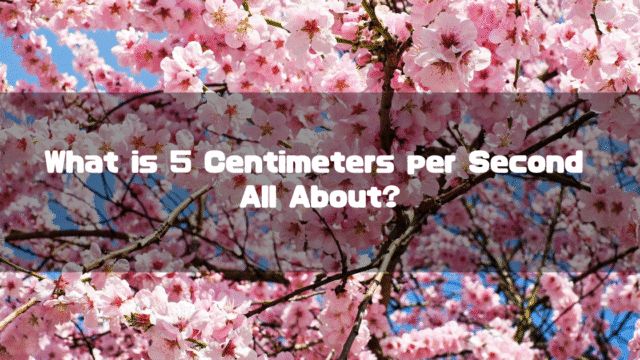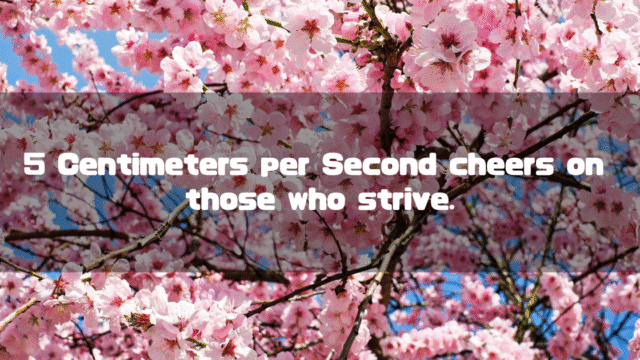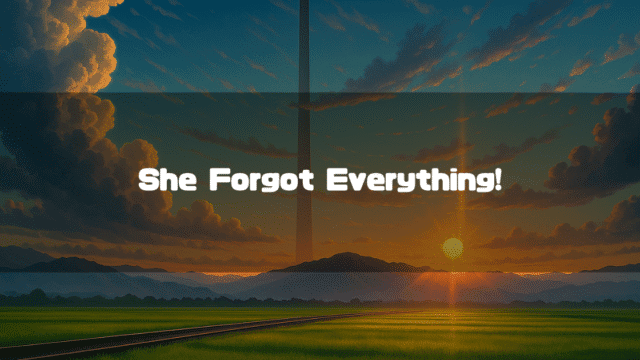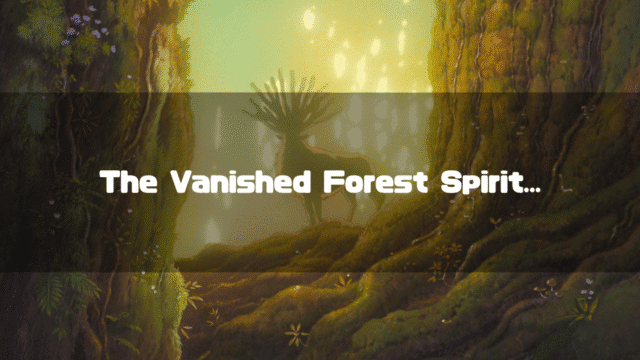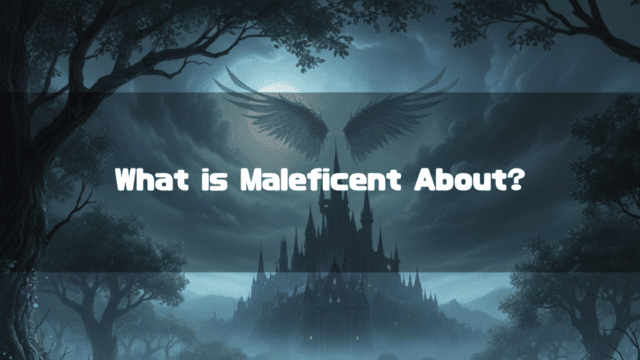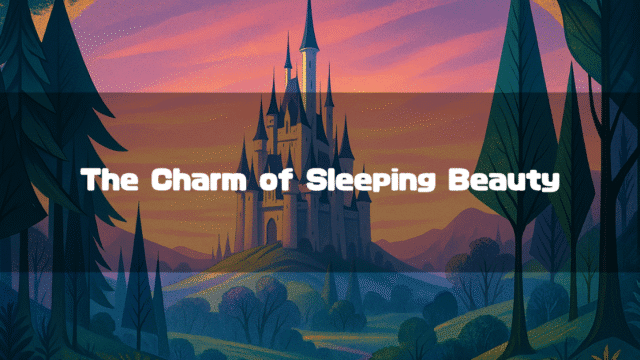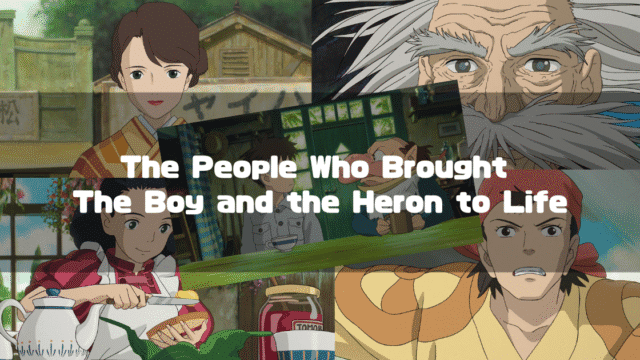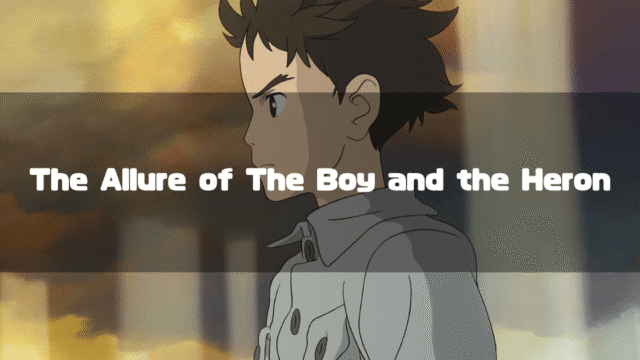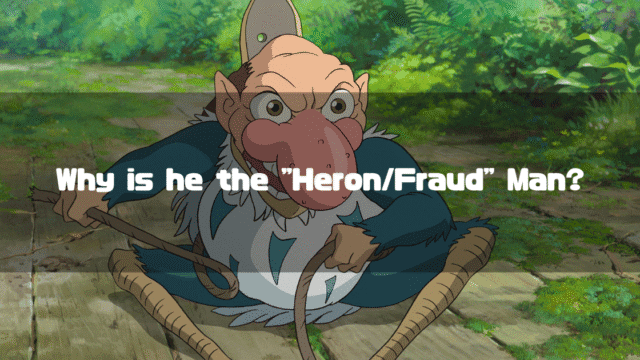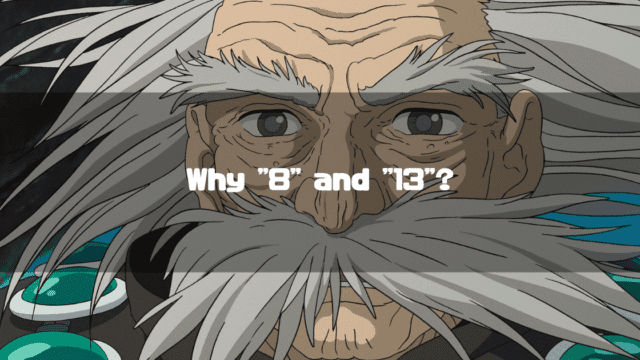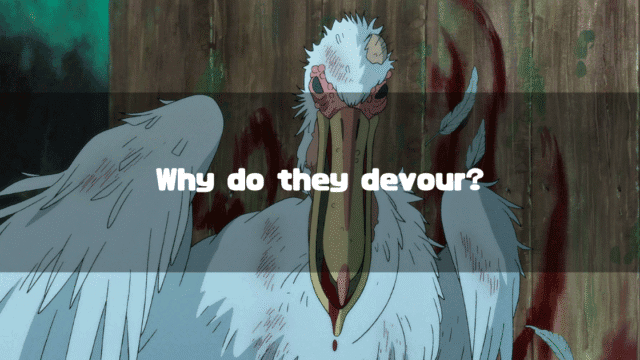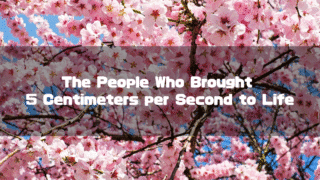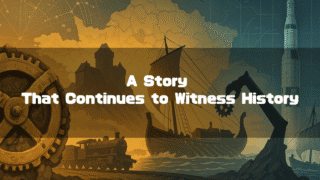Children Who Chase Lost Voices (Official Site) is a 2011 animated feature film by director Makoto Shinkai. It was his fourth theatrical feature, and as I was already a fan, I naturally went to see it in theaters.
I imagine many people, upon seeing the stream of Ghibli-esque scenes and characters from the very beginning, thought to themselves, “What in the world is this?” I was one of them. But this time, I want to delve into the question: Why does it feel so Ghibli-esque? These reminiscent scenes are inserted with a level of skill that can only be described as masterful, and it’s clearly “intentional.” Why did director Makoto Shinkai feel compelled to create Children Who Chase Lost Voices?
*This article is an English translation of the original Japanese article, “映画「星を追う子ども」はなぜ「ジブリっぽい」のか?【新海誠監督の「さよならの物語」】”.
Let an AI walk you through the highlights of this post in a simple, conversational style.
- The first “Ghibli-esque” work in history was Tales from Earthsea
Goro Miyazaki, the director of Tales from Earthsea, structured his work not by rejecting the “Ghibli style” but by embracing it, as a way to confront himself and the figure of “Hayao Miyazaki.” - A declaration of farewell for Makoto Shinkai, and a turning point to his next creative phase
By blending not only a “Ghibli-esque” feel but also influences from other works, and then saying “goodbye” to them all, he showed his determination to forge his own path.
Ghibli-esque Works
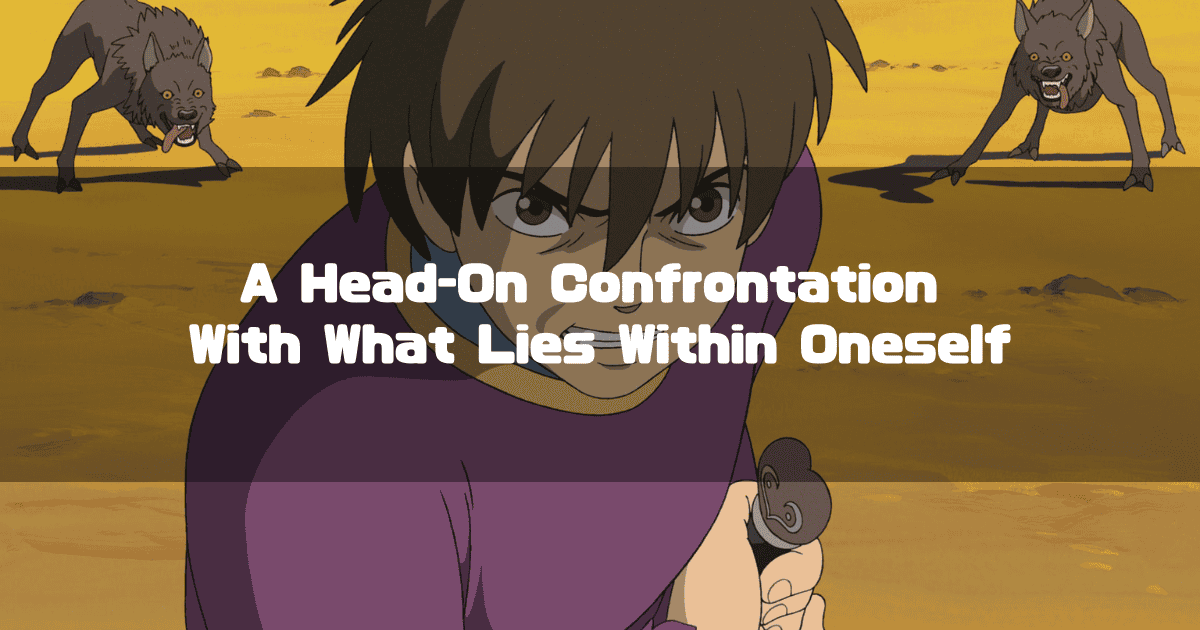
While Children Who Chase Lost Voices is certainly “Ghibli-esque,” it wasn’t the first such film we had seen. That distinction undoubtedly belongs to Tales from Earthsea.
The Very First “Ghibli-esque” Work in History
The film Tales from Earthsea is a 2006 animated theatrical feature directed by Goro Miyazaki. Although the original work is *Earthsea*, the film is actually more of a cross between it and The Journey of Shuna (シュナの旅, in Japanese).
Speaking of Tales from Earthsea, the very fact that Goro Miyazaki was the director was a major point of interest. I was still a student at the time of its release and remember thinking, with a certain arrogance, “Seriously? Goro Miyazaki!”
In that film, Tales from Earthsea, one can find scenes throughout that are reminiscent of past Ghibli works or other projects Hayao Miyazaki was involved in. And of course, this is believed to have been done intentionally.
So, what was the intention behind it? We can only speculate, but I believe it was because “he had no choice but to confront himself.” That is, rather than rejecting the “Hayao Miyazaki” within him to create something entirely different, he needed to process that influence by actively using the expressive forms that were an undeniable part of him. And in the end, the Goro Miyazaki “of that time” must have concluded that this very process is what it means to express something, to create a film. That is what I think.
Perhaps It’s More “Tales from Earthsea-esque”
Just as it was crucial for Director Goro Miyazaki to “digest” the “Hayao Miyazaki” within him in some form, it must have been equally so for Director Makoto Shinkai. This was perhaps around the time he was beginning to be hailed as the “post-Hayao Miyazaki.” While he likely thought, “I’m not the next Miyazaki, I am my own person,” it’s also certain that he respected Hayao Miyazaki as a film director.
In that situation, needing to take the next step, Director Shinkai may have decided to first confront the “something that inevitably existed within him.” It seems Shinkai used Ghibli works as a “scapegoat” while pouring this “something within” into his film. By “scapegoat,” I mean that Children Who Chase Lost Voices doesn’t just feature Ghibli-esque elements.
Creatures resembling the “Future Humanity” from The Drifting Classroom appear, as does a circular structure reminiscent of a “Stargate.” There’s a scene where Morisaki, who looks uncannily like Muska, appears for a moment to be Lupin—an ultimate display of artistic skill. It’s likely that numerous other homages exist that we simply haven’t noticed.
In this way, he likely showcased the widely recognized Ghibli style to signal to the audience, “This is that kind of movie,” while subtly weaving in homages to other works. In that sense, couldn’t one argue it’s not just “Ghibli-esque,” but rather “Tales from Earthsea-esque”?
Children Who Chase Lost Voices was a “tale of farewell.” By having the “something inside him” appear in the work, wasn’t Director Shinkai declaring “farewell” to those influences? In other words, I believe he was saying, “To the works that nurtured me, thank you. But I’m saying ‘goodbye’ to you now to forge my own path. Farewell!”
The film that followed Children Who Chase Lost Voices was The Garden of Words. It was neither science fiction nor fantasy. The same might be said for 5 Centimeters per Second, but it also lacked another “something” that had been present up to that point. That was, of course, “the music of Tenmon.” The composer who handled the film scores from Voices of a Distant Star through Children Who Chase Lost Voices did not score The Garden of Words or any subsequent films.
Children Who Chase Lost Voices must have been a “declaration of taking a new step forward,” shaking off everything that had come before. At least, that is how it appears to me.
About the Author
Recent Posts
- 2025-10-15
Indiana Jones and the Dial of Destiny(2023):Historical Background-WWII, the Real Dr. Schmidt, the Siege of Syracuse, and the Antikythera Mechanism - 2025-10-08
Why Does Children Who Chase Lost Voices Feel So Ghibli-esque? [Makoto Shinkai’s “Tale of Farewell”] - 2025-10-07
5 Centimeters per Second: Characters, Voice Actors, Character Analysis and Character Map - 2025-10-06
5 Centimeters per Second: Full Synopsis, Analysis, Ending Explained & Character Map (Spoilers) - 2025-10-04
5 Centimeters per Second Is Neither Depressing Nor Terrible: A Positive Interpretation of the Film

